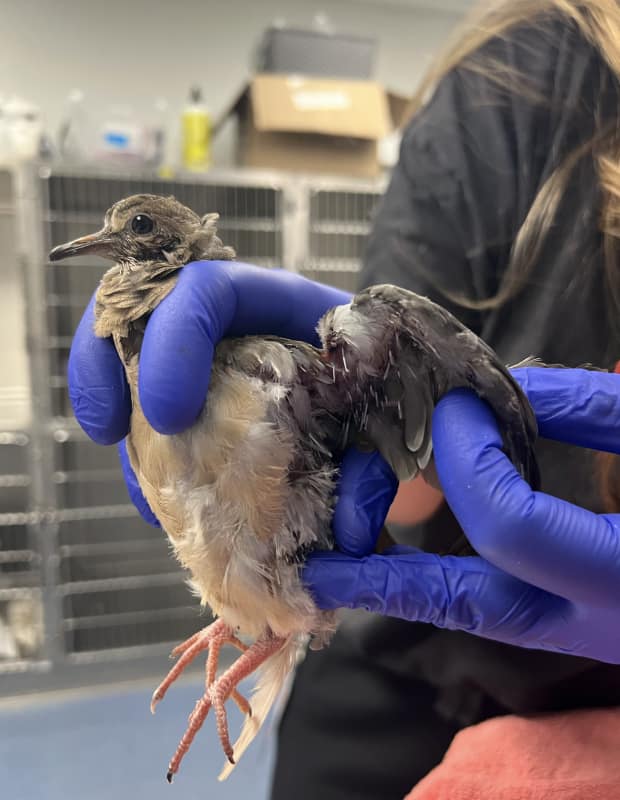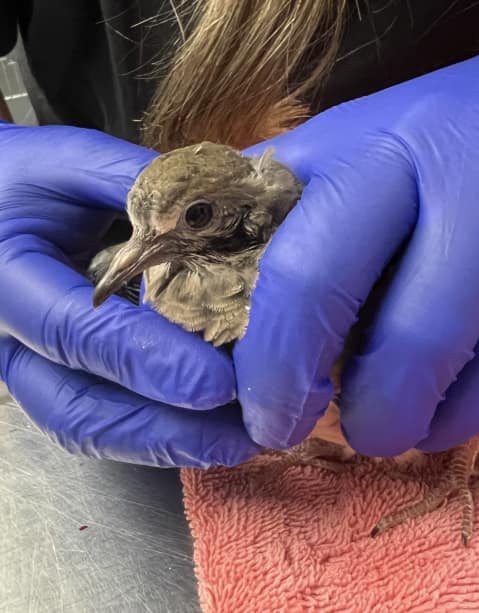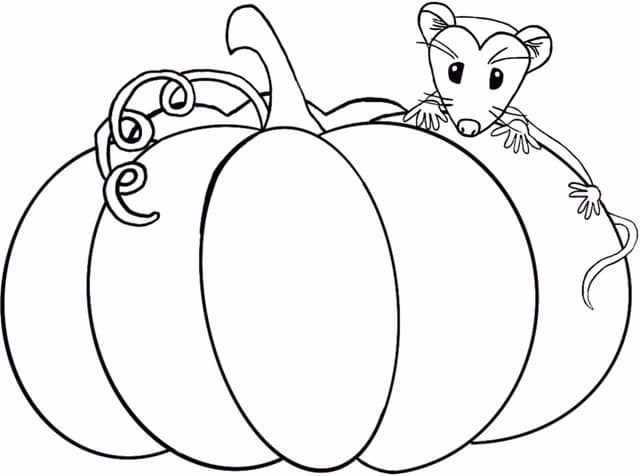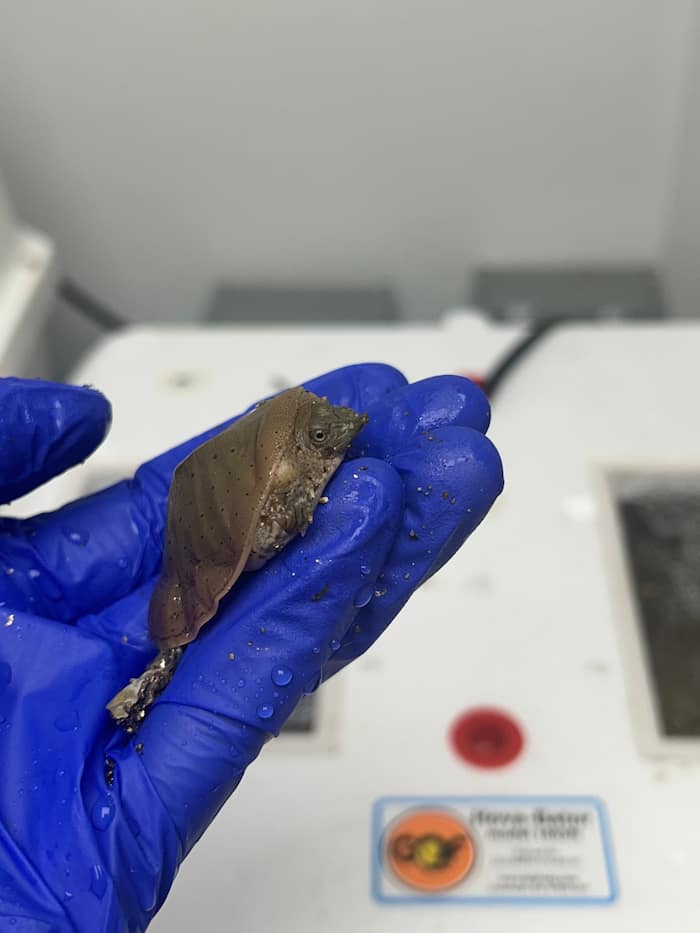Wildlife Medical Clinic Overview
Each year, the Wildlife Medical Clinic at the University of Illinois provides care to around 2,300 wildlife patients and about 120 different species. We take all native Illinois wildlife, excluding skunks and bats. While these animals arrive for a variety of reasons including injury, illness, and being orphaned as youngsters, the most common reasons include: collisions with vehicles, habitat destruction, infectious disease, and altercations with domestic animals. These altercations include one of the most preventable injuries and those are injuries inflicted by domestic cats.
Mourning Dove Case Overview

Recently, a juvenile mourning dove arrived at the clinic after being attacked by a domestic cat. The bird arrived frightened, bleeding, and unable to fly. Upon examination, volunteers discovered multiple puncture wounds on both wings. These injuries were consistent with bite and claw marks. Radiographs, or x-rays, were taken to assess how extensive the injuries were. The imaging revealed fractures in two key bones responsible for flight: the coracoid and the clavicle. To make matters worse, the mourning dove had also lost a significant number of flight feathers, further impairing its mobility and making escape from predators impossible.
Treatment began immediately. Under the guidance of our staff veterinarian, volunteers worked swiftly to administer pain relief and disinfect the wounds, as cat bites are prone to causing serious bacterial infections. This patient is currently recovering under close observation, and while healing will take time, we are hopeful for a full recovery and eventual release back into the wild once the bones mend and the feathers grow back in.
Domestic Cats and Their Effect on Wildlife
Sadly, this mourning dove is far from an isolated case. Domestic cats kill an estimated 2.4 billion birds annually in the United States alone! When combined with ongoing habitat loss, pollution, and climate change, predation by domestic cat’s places tremendous pressure on already vulnerable bird populations.
Keeping pet cats indoors is one of the most impactful ways individuals can help protect local wildlife, and it also significantly reduces risks to the cats themselves. Outdoor cats face a range of dangers, including vehicles, predators, disease, poisoning, and the potential to become lost. Fortunately, there are safe and enriching alternatives. Catios (cat patios) and leash training allow cats to enjoy the outdoors in a controlled environment that keeps both them and wildlife safe.
Help Wildlife by Keeping Cats Indoors
The Wildlife Medical Clinic is committed to providing medical care to sick, injured, and orphaned wildlife, offering training to veterinary students, and taking an active role in conservation by educating members of the community about safely coexisting with native Illinois wildlife. Preventable injuries like those seen in this mourning dove remind us that small, responsible actions, such as keeping pet cats indoors, can have a profound impact on the health of our shared environment.
For more information on domestic cats and wildlife, check out the American Bird Conservancy at https://abcbirds.org/strategies/cats-birds.
Written By: Lily M., Class of 2029




